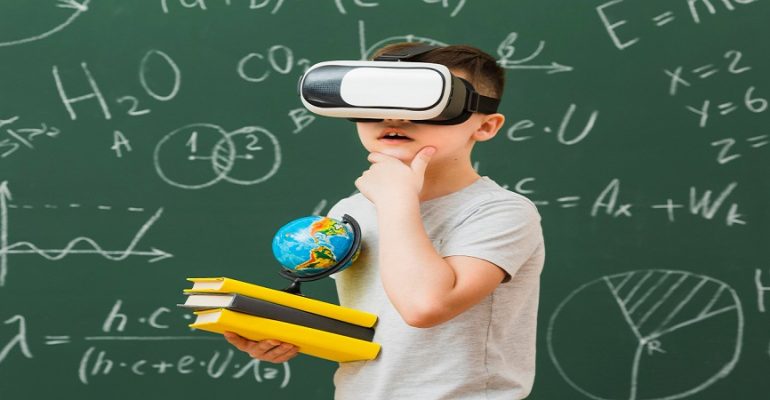
Transforming Education for Special Needs and Hyperactive Kids: The Impact of Extended Reality Technology

Transforming Education for Special Needs and Hyperactive Kids: The Impact of Extended Reality Technology
Preface
In the rapidly evolving landscape of education technology, Extended Reality (XR) has emerged as a vivid force, offering innovative solutions to address the diverse needs of students. This holds particularly true for special needs students and those with hyperactivity disorders, where traditional teaching methods often fall short. This blog explores the latest updates on how Extended Reality is making waves in the education sector, catering to the unique requirements of these students.
Understanding Extended Reality (XR) Technology
Extended Reality (XR) is an umbrella term that encompasses virtual reality (VR), augmented reality (AR), and mixed reality (MR). These technologies create immersive and interactive experiences, thinning the lines between the physical and digital worlds. In the context of education, XR technology holds immense potential for providing personalized and engaging learning experiences.
Impact on Special Needs Students
For special needs students, traditional classroom settings can be challenging. XR technology offers a solution by creating adaptive and inclusive learning environments. One notable example is the use of VR to simulate real-world scenarios. Students with autism, for instance, can practice social interactions in a controlled virtual environment, helping them build essential social skills.
Moreover, XR can be tailored to meet individual learning styles and pace, allowing educators to customize lessons based on a student’s specific needs. This personalized approach ensures that each student can grasp concepts at their own speed, fostering a more supportive and effective learning environment.
Addressing Hyperactivity with XR
For hyperactive kids, maintaining focus in a traditional classroom can be a significant hurdle. XR technology provides a dynamic and engaging alternative to traditional teaching methods. Virtual environments and simulations can captivate the attention of hyperactive students, making learning more enjoyable and effective.
For instance, educational apps using AR can turn a conventional textbook into an interactive 3D experience. This hands-on approach not only keeps hyperactive students engaged but also enhances their understanding of complex concepts by providing a visual and interactive representation.
Latest Updates in XR for Special Needs Education
As technology continues to advance, so do the applications of XR in special needs education. One exciting development is the integration of artificial intelligence (AI) with XR. AI-powered XR applications can adapt in real-time based on a student’s responses and progress, ensuring a truly personalized learning experience.
In addition, haptic feedback technology has been incorporated into XR devices, allowing special needs students to feel and interact with virtual objects. This tactile feedback enhances the immersive experience, making it more accessible and beneficial for students with sensory processing disorders.
Notable Examples of Companies in XR Education
Several companies like Sapizon Technologies have embraced the potential of XR technology in education, especially for special needs students. One such company is Oculus, a subsidiary of Meta (formerly Facebook). Oculus has developed VR applications specifically designed for educational purposes, including experiences tailored for students with diverse learning needs.
Another notable player is Microsoft with its HoloLens AR headset. The HoloLens has been used to create interactive and immersive learning experiences, catering to a wide range of educational needs. Microsoft’s commitment to accessibility features in their products further underscores their dedication to making XR technology inclusive for all students.
Furthermore, Google’s Expeditions app brings virtual field trips to the classroom using VR technology. This application allows special needs students to explore different environments and historical landmarks without leaving the school premises, providing a rich and accessible learning experience.
Conclusion
Extended Reality technology is revolutionizing education, particularly for special needs students and those with hyperactivity disorders. The immersive and interactive nature of XR creates a more inclusive and engaging learning environment, allowing students to thrive at their own pace. With ongoing developments in AI and haptic feedback, the future of XR in education looks promising, promising a brighter and more accessible future for all students, regardless of their individual needs. As companies continue to invest in XR for education, we can expect even more innovative solutions to emerge, further bridging the gap in inclusive learning.